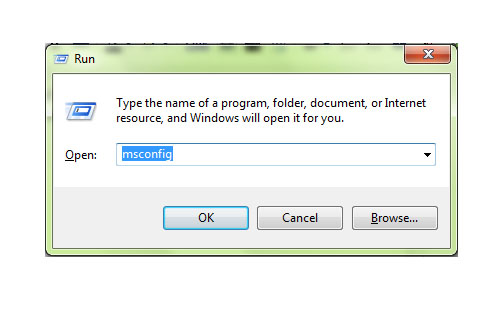Ads: eBay by viglink
When you log in to your Windows 7 computer you’ll generally see a log in window with a background looking something like this.
How to change the background image behind the log in screen to anything you want.
The first step is to open up the Start Menu by clicking the orb in the lower left corner of the screen.
Now, in the Start Menu in search box, type regedit, to open up the Registry Editor.
When the Registry Editor appears in the Start Menu, click the Enter key to launch it. You should see a window like this.
Now, right-click on the HKEY_LOCAL_MACHINE folder, and choose the Find option.
The search window will appear so perform a search for OEMBackground.
It will eventually be found under Computer\HKEY_LOCAL_MACHINE\SOFTWARE\Microsoft\Windows\CurrentVersion\Authentication\LogonUI\Background (you could navigate there directly, but the search function is probably quicker than typing all that into the path bar.
Note: it’s possible that OEMBackground doesn’t exist on your system; if this is the case, adding a new DWORD value with the name of OEMBackground will fix things.
Once you can see the OEMBackground entry, double click to reveal its properties, and change the value from 0 (the default) to 1 (which will allow us – or the computer’s OEM as intended – to change the login screen background).
Once this is finished you can close the Registry Editor and open up Windows Explorer. We want to go to %windir%\system32\oobe, so enter that into the path bar.
You’ll now need to create an info folder (all lowercase), and then a new folder, named backgrounds (also lowercase), inside the info folder. Depending on your computer’s OEM, you may find these folders already exist and may already have images in them, placed there by Dell or HP or IBM, etc.
Now simply select a favorite wallpaper. It should be in JPG format and less than 245 KB in size (and ideally the exact dimensions of your display to avoid stretching). Name this image backgroundDefault.jpg and place it in the backgrounds folder.
You can now restart, lock your screen or logout to see your new login screen.
You can also do it with Tune Up Ultimate Software.






























